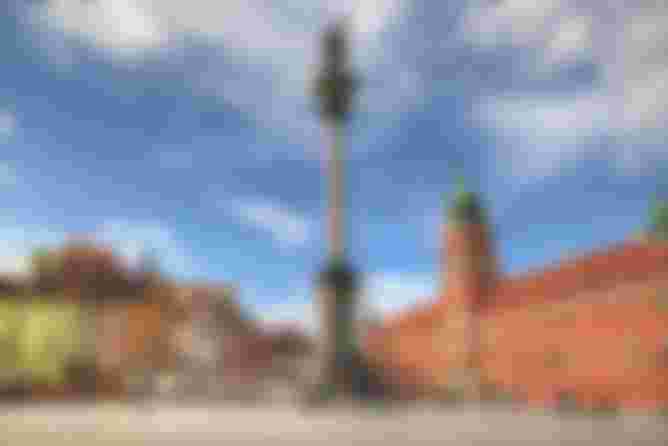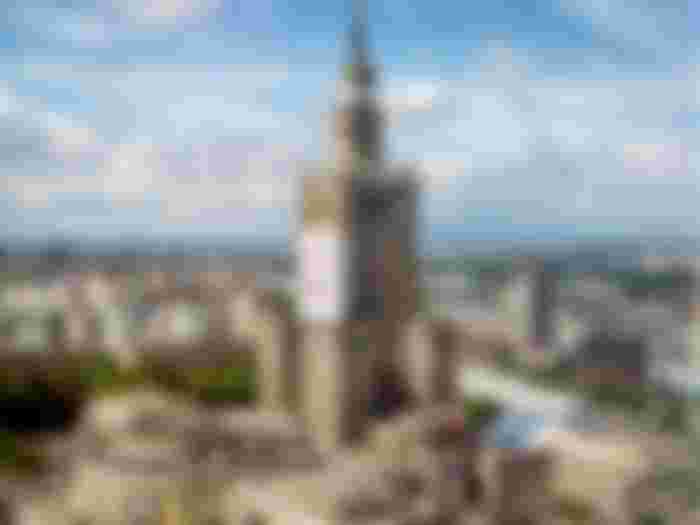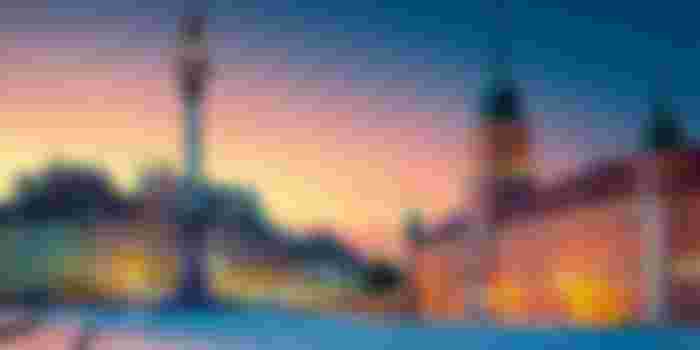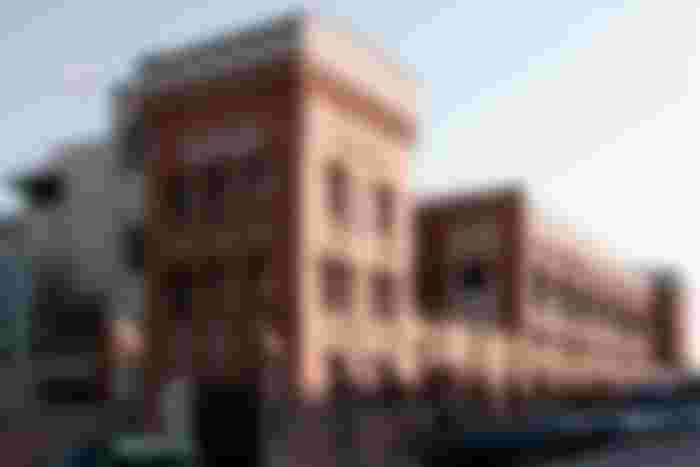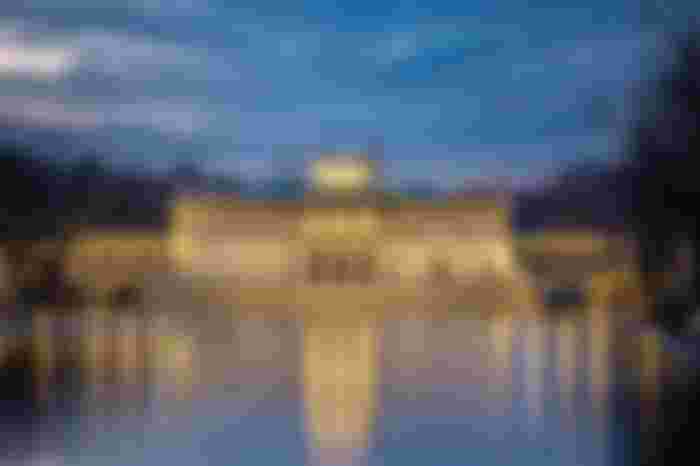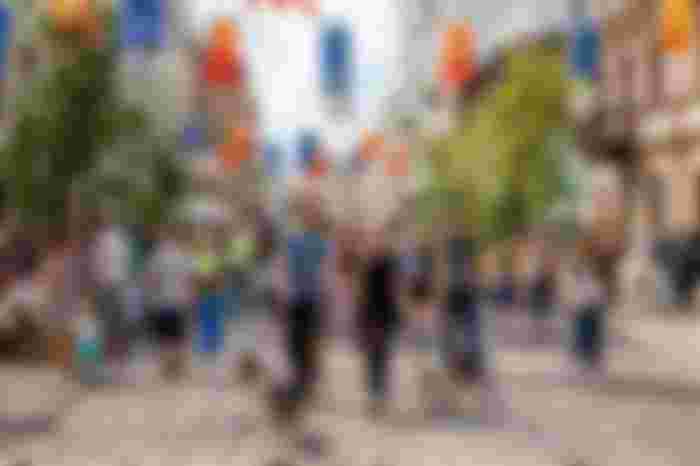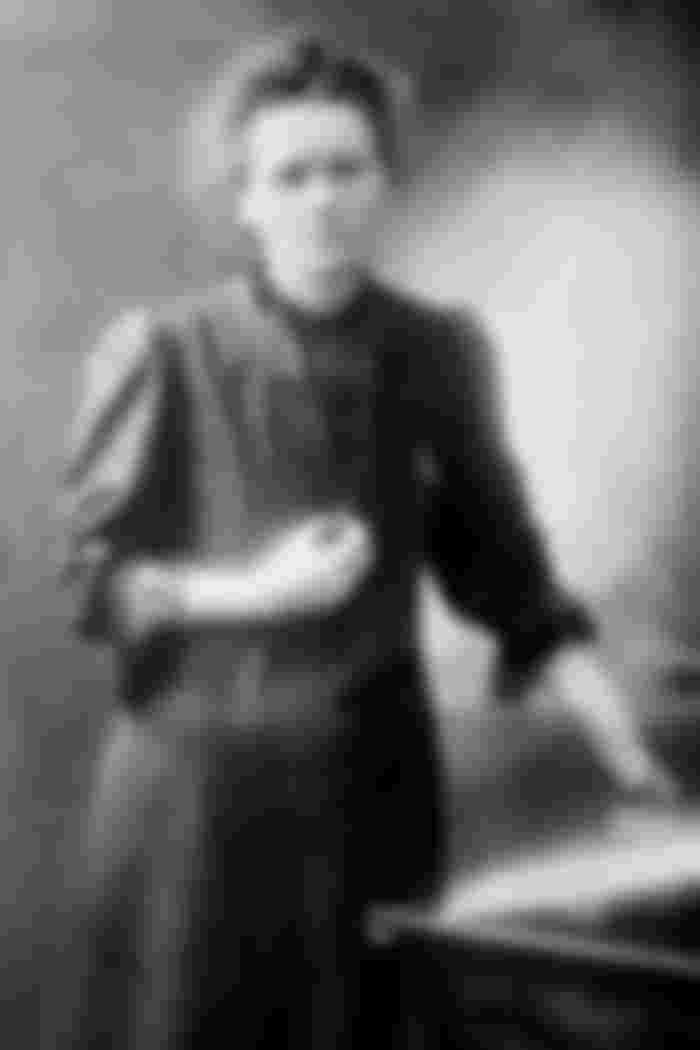Focus on a city : Warsaw - Poland
Warsaw is a city steeped in history. It's full of surprises, making it a superb potential vacation destination. This article will help you make the most of your trip to the Polish capital.
Also, remember that I'm also writing on Medium and that it is very important for me growing a huge community over here so please go and follow my channel which is named "Clement Delabruyere".
Short presentation
Warsaw, Poland's vibrant capital, covers an area of almost 517 square kilometers. With a population of around 1.8 million, it is the economic, cultural and political beating heart of the country. The city is characterized by a captivating blend of history and modernity, resulting from the vestiges of its tumultuous past and its dynamic development since the Second World War.
Divided into 18 boroughs, Warsaw boasts an astonishing architectural diversity, with post-war neighborhoods rebuilt in identical style alongside contemporary skyscrapers. Its geopolitical importance is undeniable, not only as the seat of the Polish government and major national institutions, but also as the hub of international relations in Central Europe.
The Old Town, a UNESCO World Heritage Site, embodies Warsaw's resilience, having been reconstructed from ruins with meticulous attention to historical detail. The Palace of Culture and Science, donated by the USSR, is a controversial landmark, symbolizing both Soviet friendship and domination.
On the cultural front, the city is home to numerous museums, theaters and festivals, including the Warsaw International Film Festival and the Warsaw Uprising Museum, which pays tribute to the city's heroic struggle against Nazi occupation. The banks of the Vistula offer popular green spaces, while Warsaw's cuisine reflects the diversity of its historical influences.
In short, Warsaw represents a fascinating crossroads where history and modernity merge, embodying the courage and vitality of a nation as well as being a key player in contemporary European dynamics.
Historical background
Warsaw's history goes back to ancient times, although the first traces of settlement date back to the 9th century. Originally, the city was a small village located at a crucial commercial crossroads on the route linking the Baltic Sea to the Black Sea. However, it wasn't until the 14th century that Warsaw began to grow in importance, becoming the capital of the principality of Mazovia.
In 1596, King Sigismund III Vasa decided to move the capital of the Kingdom of Poland from Krakow to Warsaw, marking a decisive turning point in the city's history. In the 17th century, Warsaw enjoyed an economic and cultural boom, but it was also the scene of major conflicts, notably during the Swedish wars and the Napoleonic invasions.
The 19th century was a period of transformation for Warsaw, then under Russian rule following the partition of Poland. The city's inhabitants engaged in uprisings and struggles for independence, including the uprisings of November 1830 and January 1863. These efforts cemented Warsaw's status as a symbol of Polish resistance.
In the early 20th century, Warsaw regained its capital status when Poland regained its independence after the First World War. However, this period was short-lived, as the city was invaded and occupied by German forces during the Second World War. The heroic resistance of the people of Warsaw during the Warsaw Uprising of 1944, unfortunately crushed by the Nazis, remains a symbol of Polish determination.
After the war, the city was largely rebuilt, especially the Old Town, with the help of Poles and the international community. Warsaw became the heart of the Polish People's Republic under Soviet influence.
The collapse of the Eastern bloc in 1989 opened a new chapter for Warsaw and Poland. The city became a booming economic and cultural center, attracting foreign investment and developing its artistic and intellectual scene.
Thus, Warsaw's history is a complex mosaic of conflict, resilience and transformation, testifying to the perseverance of the Polish people through the centuries.
Must-see places
The Old Town (Stare Miasto)

A UNESCO World Heritage Site, the Old Town is a recreated historical gem with cobblestone streets, colorful houses and a lively market square.
Palace of Culture and Science

An emblematic skyscraper offering panoramic views over the city. Although controversial, it remains an important architectural landmark of the Communist era.
Warsaw Royal Castle

Once the residence of the kings of Poland, this majestic castle now houses a museum where you can learn about royal and Polish history.
Warsaw Uprising Museum

A poignant tribute to the Warsaw Uprising of 1944, featuring moving, interactive exhibits about this dark period in history.
Łazienki Królewskie Park

A magnificent royal park where you can admire the Palace on the Water, an amphitheater, formal gardens and the Fryderyk Chopin monument.
The National Museum of Warsaw

Home to a vast collection of Polish and international art, this museum offers a captivating insight into Poland's culture and artistic history.
POLIN Museum - Museum of the History of Polish Jews

An immersive tour that explores the rich and complex history of Poland's Jewish community.
Praga district

A district in full renaissance, with its bohemian atmosphere, art galleries, vintage markets and eclectic mix of architecture.
Warsaw University Botanical Garden

A peaceful haven with an incredible diversity of plants, trees and greenhouses, perfect for a relaxing stroll.
Nowy Świat Avenue

A lively street lined with boutiques, cafés, restaurants and historic buildings, offering a unique shopping and strolling experience.
These places will give you a fascinating insight into Warsaw's history, culture and diversity.
Celebrities linked to Warsaw
Marie Curie (1867-1934)

A renowned scientist, she was the first woman to win a Nobel Prize and the only one to do so in two different fields: physics and chemistry. Her work on radioactivity revolutionized science and medicine.
Fryderyk Chopin (1810-1849)

A virtuoso composer and pianist, Chopin is considered one of the greatest musicians in history. His piano works influenced the development of Romantic music, highlighting his virtuosity and artistic sensibility.
Andrzej Wajda (1926-2016)

A renowned Polish film director, he is one of the leading figures of world cinema. His films, such as "Ashes and Diamonds" and "The Marble Man", explored social and political themes while captivating international audiences.
Stanisław Lem (1921-2006)

Science fiction author and philosopher, Lem is famous for his groundbreaking works, including "Solaris". His stories explore complex themes such as human interaction with technology and the limits of human knowledge.
In order to conclude, if you have any ideas for improving this type of article (adding a section, for example), please let me know in the comments. Also, if there's a place in the world that you particularly like and would like me to write another article about, I invite you to submit your ideas too.
If you enjoyed reading please follow me and put a like, thank you !
